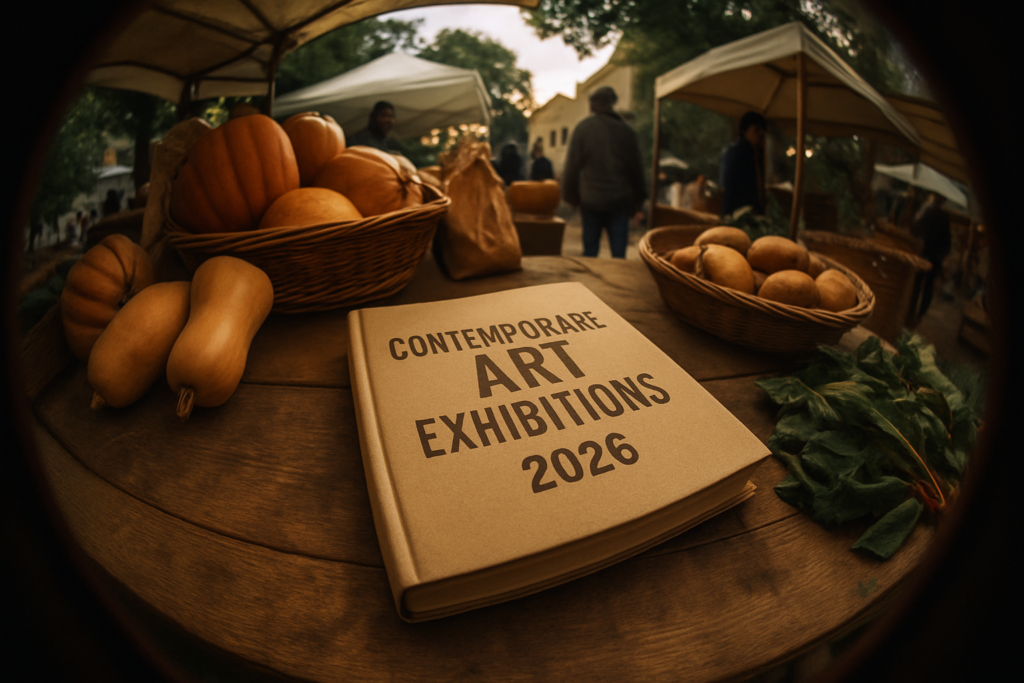As an artist, I’ve witnessed firsthand the powerful impact of climate change on our world. It’s not just about rising temperatures or melting ice caps; it’s about the stories we tell and the narratives we create to make sense of these changes. In recent years, a new wave of artistic expressions has emerged, driven by the urgency to address environmental issues through creativity. From thought-provoking installations to poignant poetry, artists are using their talents to shed light on the pressing realities of our planet’s future.
Through their work, these artists are sparking conversations, challenging perspectives, and inspiring action. Climate change is no longer just a scientific or political issue; it’s a cultural one that is shaping the way we think, feel, and create. This shift in artistic focus not only raises awareness but also fosters a deeper connection between audiences and the environment. Join me as we explore how climate change is not only a call to action but also a catalyst for new and innovative artistic narratives.
Exploring the Impact of Climate Change on Art
Artists are increasingly delving into eco-conscious themes, reflecting the growing concern over climate change. These artists are using their creative platforms to draw attention to environmental issues, inspiring a shift towards more sustainable and mindful artistic practices.
The Rise of Eco-Conscious Art
In response to the pressing need for environmental stewardship, a surge in eco-conscious art has emerged on the global artistic scene. By incorporating sustainable materials, exploring nature-centric themes, and showcasing the beauty of the natural world, artists are instigating conversations about environmental preservation and climate action. This wave of eco-conscious art not only raises awareness but also prompts viewers to reflect on their relationship with the planet.
Shifts in Traditional Artistic Themes
The repercussions of climate change have prompted a reevaluation of traditional artistic themes. Artists are moving away from conventional subject matters to explore the intricate relationship between humanity and nature. Themes of fragility, resilience, and transformation serve as artistic metaphors for the impact of climate change on our planet. This shift in focus challenges artistic norms, encouraging creatives to respond to contemporary environmental challenges through their work.
Different Artistic Mediums Addressing Climate Change
Visual Arts and Their Evolution
In the realm of visual arts, the portrayal of climate change has evolved significantly in recent years. Artists are using various mediums like painting, photography, and sculpture to convey powerful messages about environmental degradation and the urgent need for sustainable practices. Through vivid imagery and thought-provoking visuals, these artists capture the essence of climate change, triggering emotional responses and promoting eco-consciousness among viewers.
The Role of Performance Art and Installations
Performance art and installations have emerged as impactful mediums for addressing climate change. Artists are engaging audiences in immersive experiences that convey the gravity of environmental issues. Through interactive performances and large-scale installations, these creatives create tangible representations of ecological concerns, urging viewers to reflect on the state of our planet and inspire action towards a more sustainable future.
Case Studies: Artists and Their Climate-Inspired Works
Exploring notable projects and their global influence sheds light on the powerful impact of climate change on artistic narratives and environmental activism.
- Notable Projects and Their Global Influence
Reflecting on notable projects such as Banksy’s climate-themed murals in urban spaces or Olafur Eliasson’s interactive installations that mimic natural elements offers a glimpse into how artists merge creativity with environmental consciousness. These projects transcend borders, sparking global conversations and advocating for sustainable practices to combat climate change on a large scale. - Interviews with Artists on their Inspiration and Goals
Engaging in conversations with artists like Marina Zurkow or Studio Swine reveals the intricate web of inspiration and purpose behind their climate-inspired works. These discussions unveil the artists’ deep-rooted commitment to using their creativity as a tool for raising awareness about environmental issues and fostering a sense of urgency in viewers to take positive actions towards a greener future.
The Role of Art in Environmental Activism
Art plays a crucial role in environmental activism, serving as a powerful tool to educate the public and drive positive change towards a sustainable future.
Educating the Public Through Art
Illuminating environmental issues through artistic creations educates the public in a visually compelling manner. By translating complex climate change data into accessible and emotive art pieces, artists effectively raise awareness and foster understanding among diverse audiences. Through exhibitions, public installations, and online platforms, art serves as a universal language that transcends barriers, captivating viewers and provoking thought on pressing environmental concerns.
Art as a Catalyst for Environmental Change
Art acts as a catalyst for environmental change by inspiring action and fostering a sense of urgency in addressing ecological crises. Through thought-provoking artworks, artists prompt viewers to reflect on their relationship with the environment and contemplate the impact of human activities on the planet. By eliciting emotional responses and sparking conversations, art drives individuals, communities, and policymakers to reconsider their behaviors, advocate for sustainable practices, and collectively work towards mitigating climate change effects.



